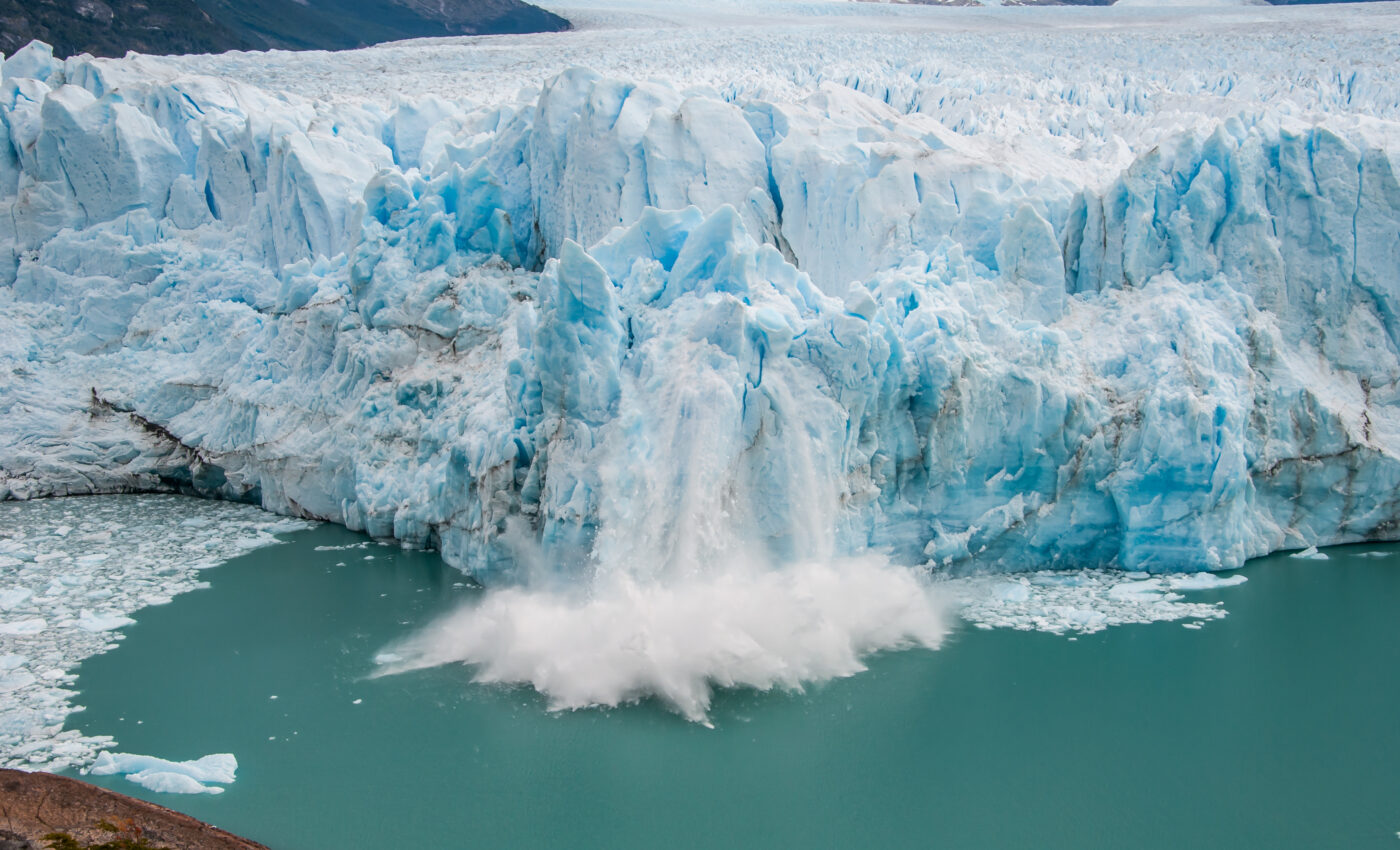
New model can identify glaciers at risk of collapse
As climate change accelerates, glaciers are melting faster, and experts fear that many will collapse by the end of the century, drastically raising sea levels and flooding coastal cities and island nations. Whyjay Zheng, a geophysicist at the University of California, Berkeley, has recently developed an improved model of glacial movement that could help identify the glaciers in the Arctic and Antarctic that are most likely to rapidly slide downhill and fall into the oceans.
Glaciologists have long thought that the speedup and slowdown of glaciers are related to what is happening at their front – the “glacial terminus” – where ice merges with the oceans’ increasingly warm waters. Observations have shown that for many marine-terminating glaciers, when the fronts melt or calve into then ocean, the remaining ones tend to speed up. However, in his new model, Professor Zheng has incorporated another major factor determining glaciers’ speed: the effect of meltwater that percolates to the base of the glaciers and lubricates its downward flow.
Warmer weather causes meltwater lakes to form on many glaciers, which punch through to the bottom of the ice during a process called hydrofracture, or drain to the bottom through crevasses nearby. This basal lubrication by meltwater is then creating a feedback loop that accelerates glaciers that have already sped up for other reasons, such as changes at the terminus.
“Basal lubrication creates a positive feedback loop. The faster glaciers are more likely to respond faster to basal lubrication, and the following speedup makes them more prone to future lubrications,” explained Professor Zheng. “For example, if a glacier is flowing three kilometers per year, and basal lubrication suddenly happens, it will react so fast that you can see the fluctuation of the speed, probably just a few days later, compared to another glacier that would be flowing at 100 meters per year.”
The findings indicate that thick, fast-moving glaciers around the Arctic and Antarctic should be monitored frequently to anticipate discharges of large icebergs into the ocean that could affect sea levels. For this, better, more accurate ways of measuring basal lubrication are needed.
“The model suggests that thick and fast-flowing glaciers are more sensitive to lubrication than thin and slow glaciers. The data from Greenland glaciers support this new finding, indicating that those fast and thick glacier beasts might be more unstable than we thought under global warming,” concluded Professor Zheng.
The study is published in the journal The Cryosphere.
—
By Andrei Ionescu, Earth.com Staff Writer













